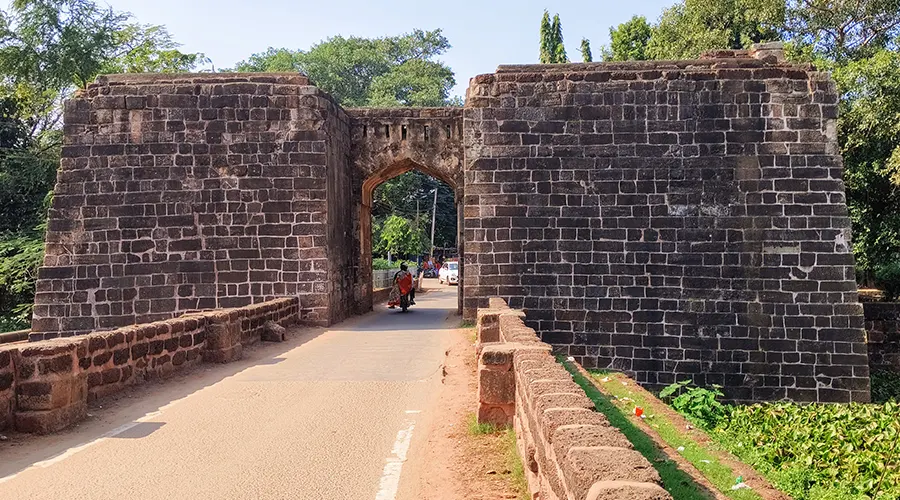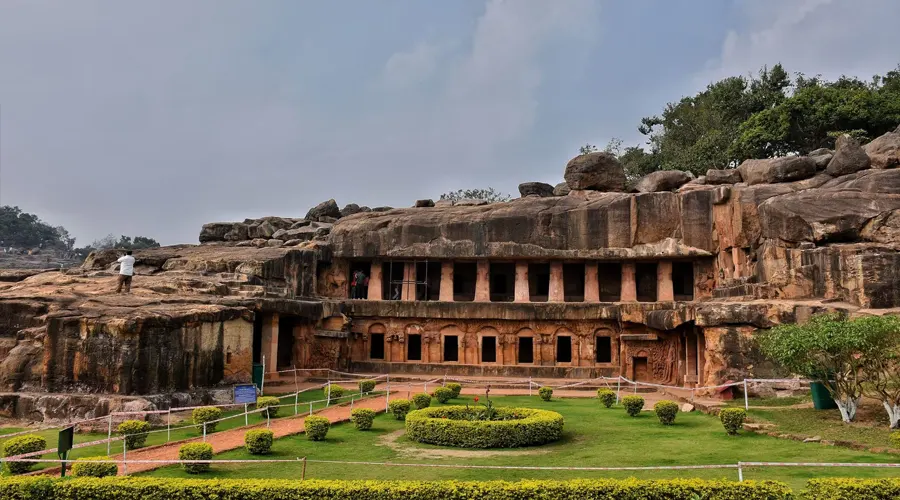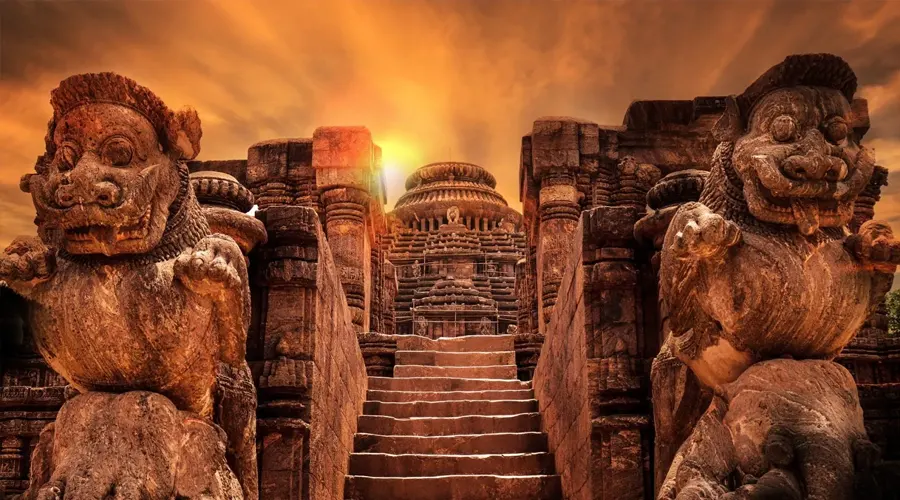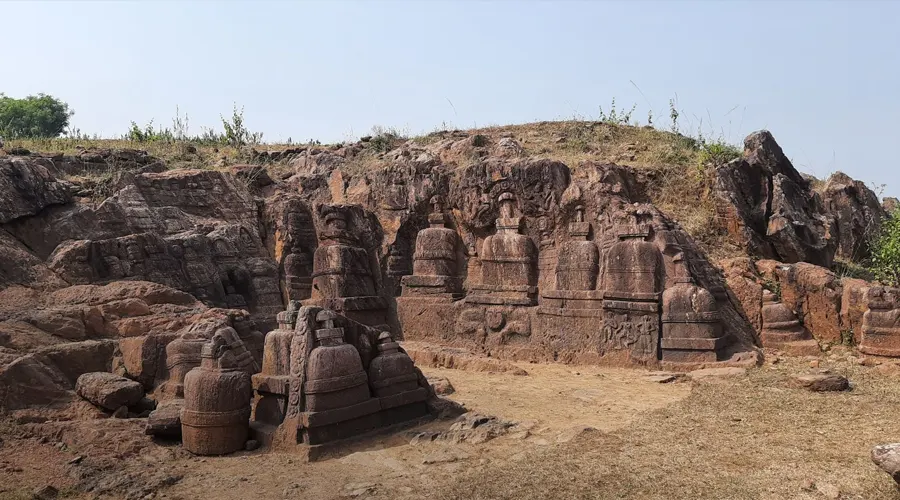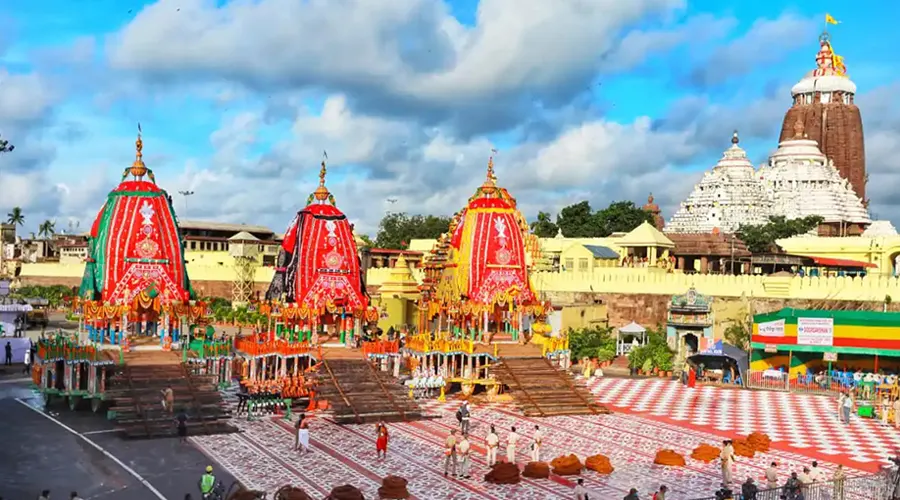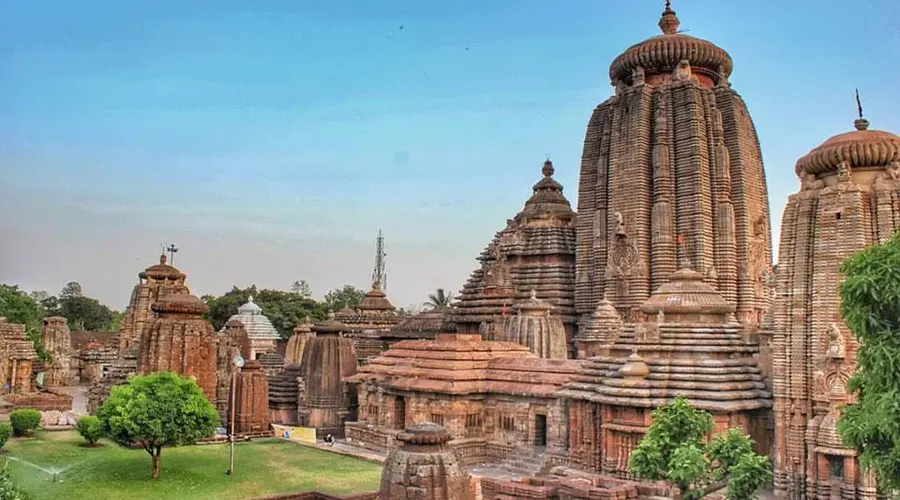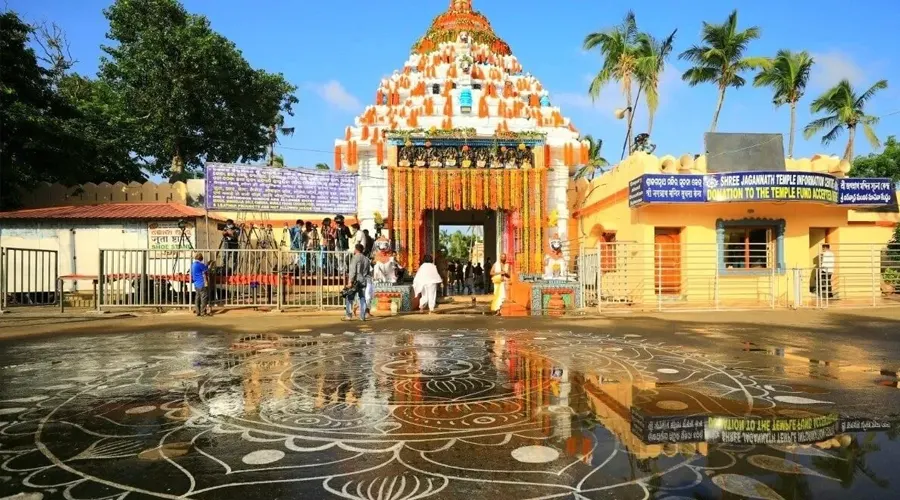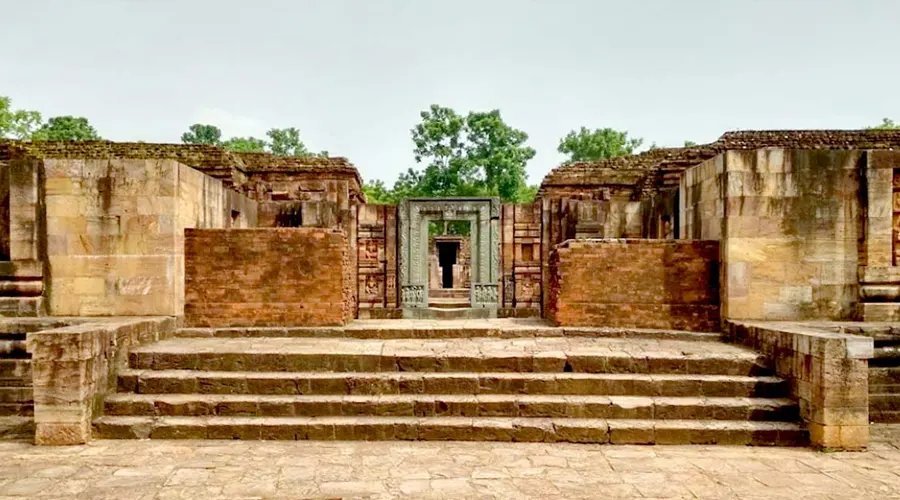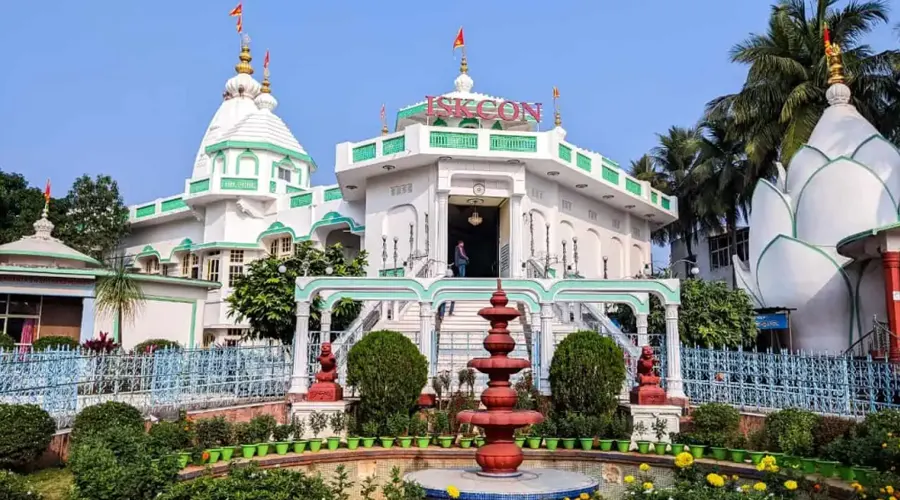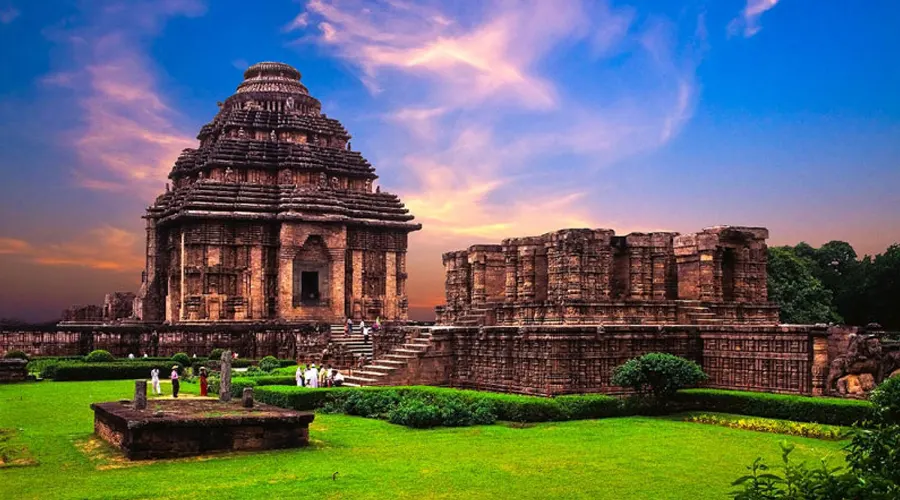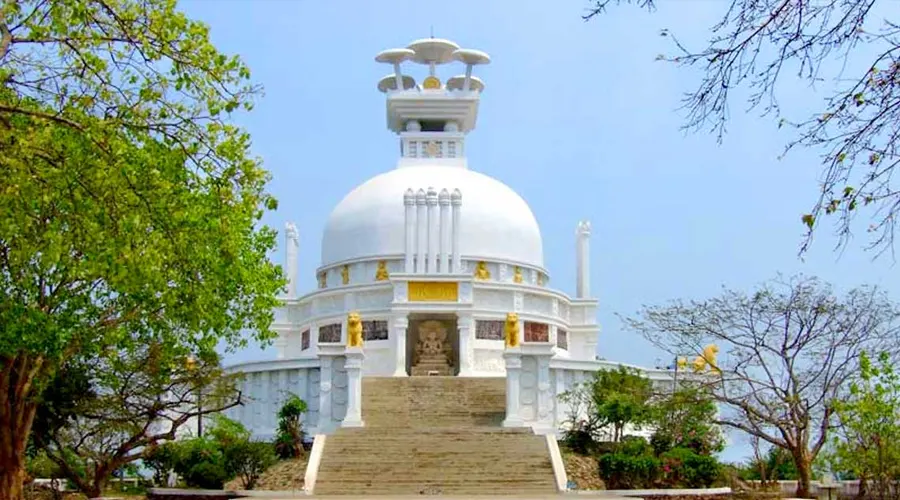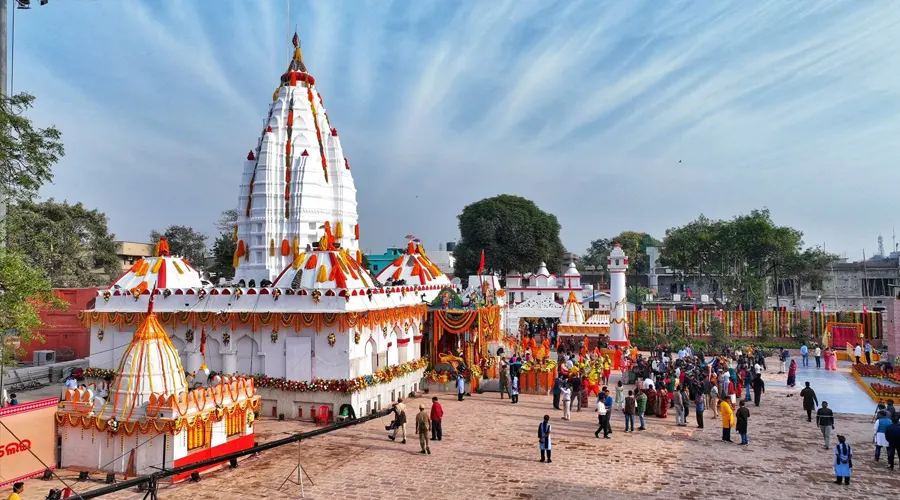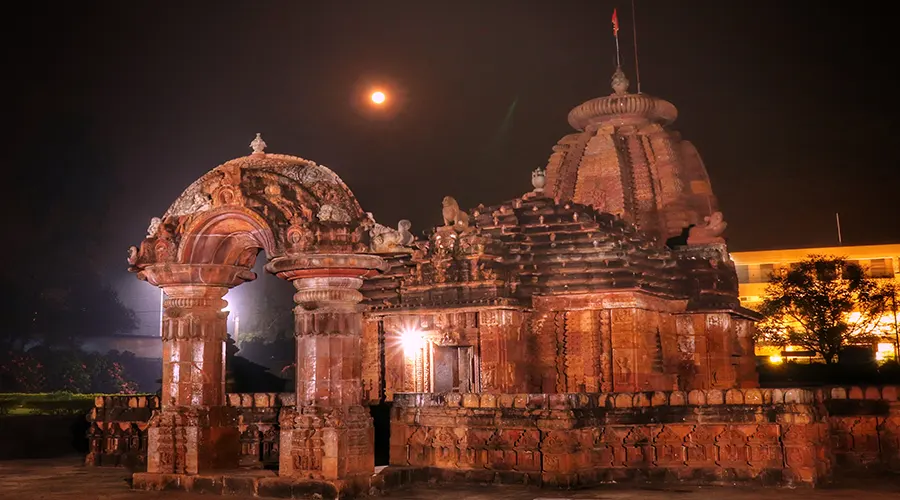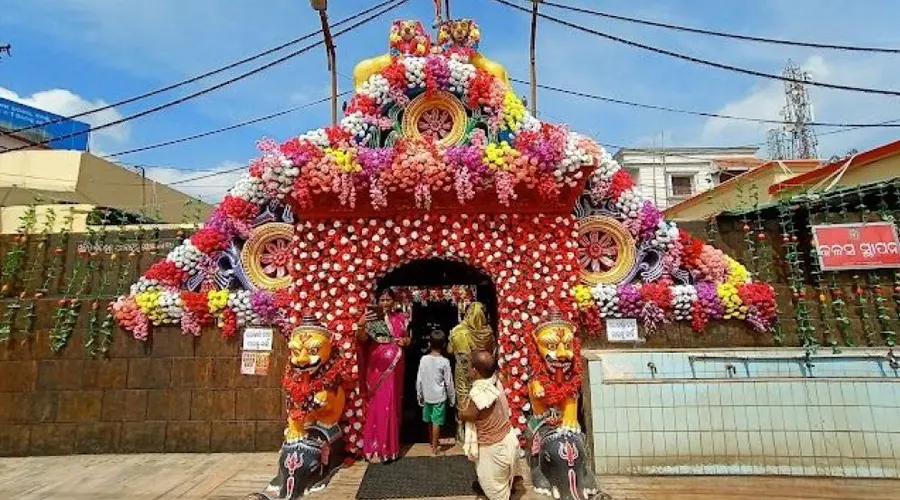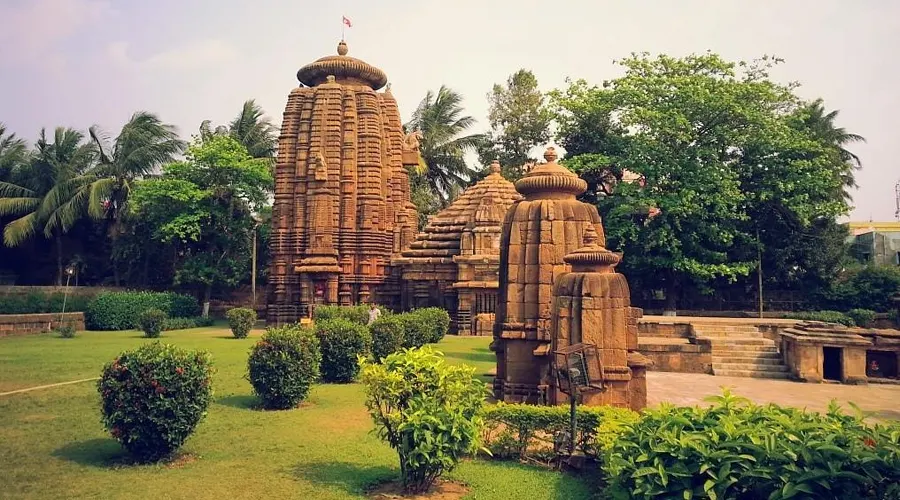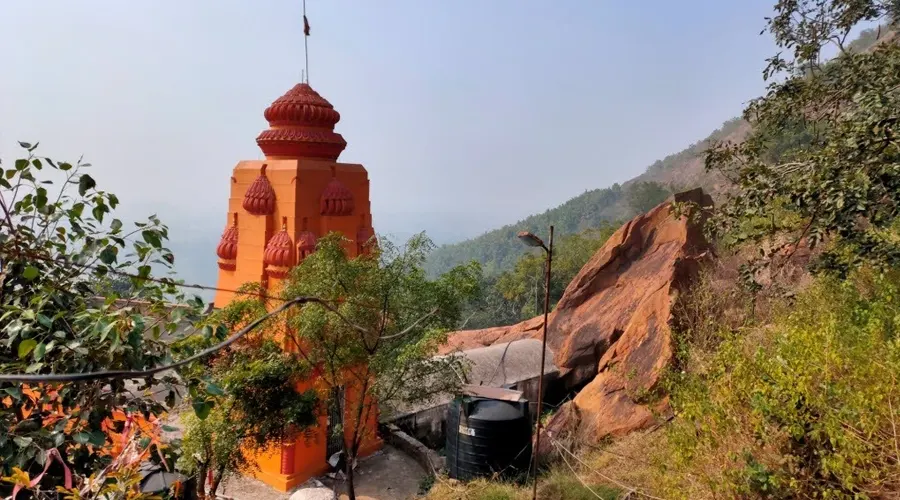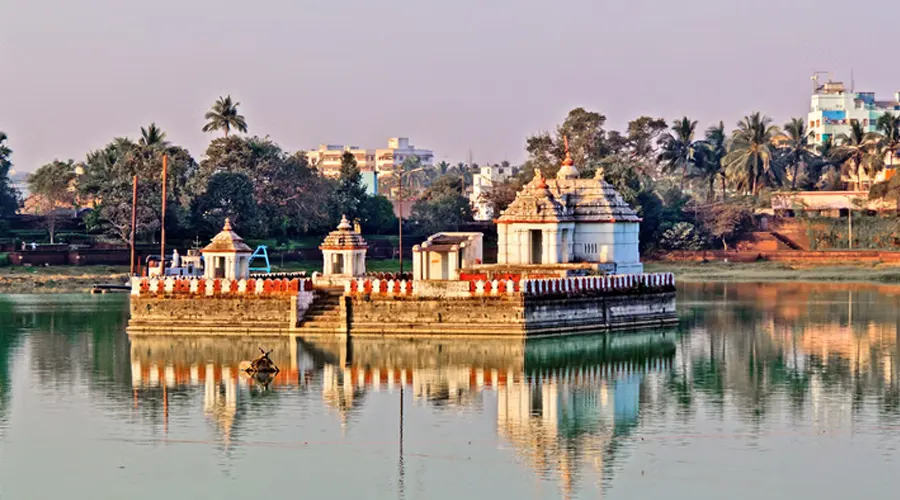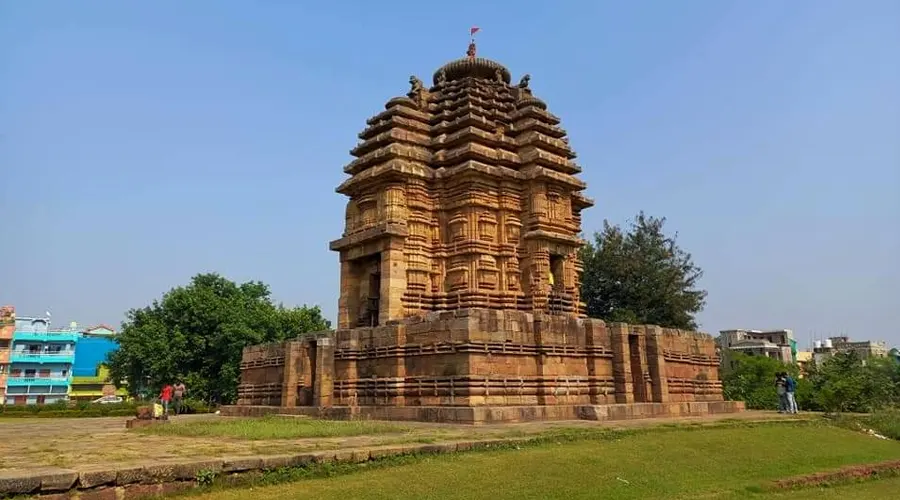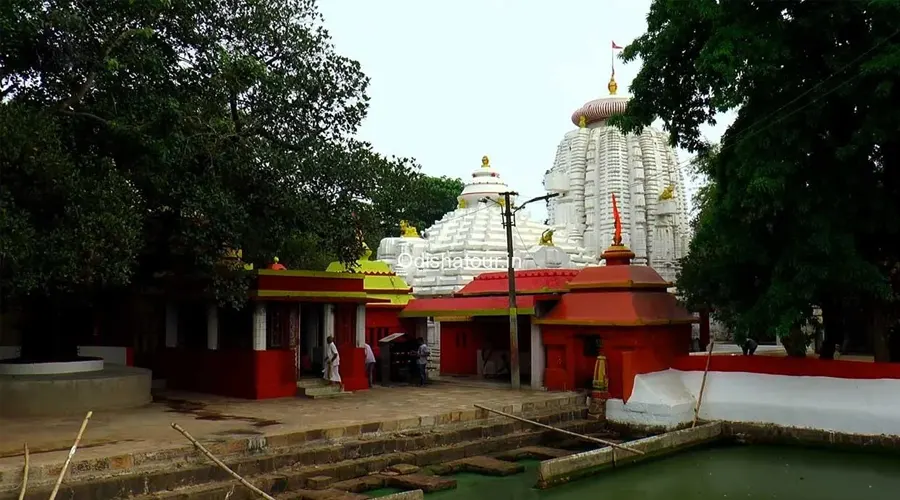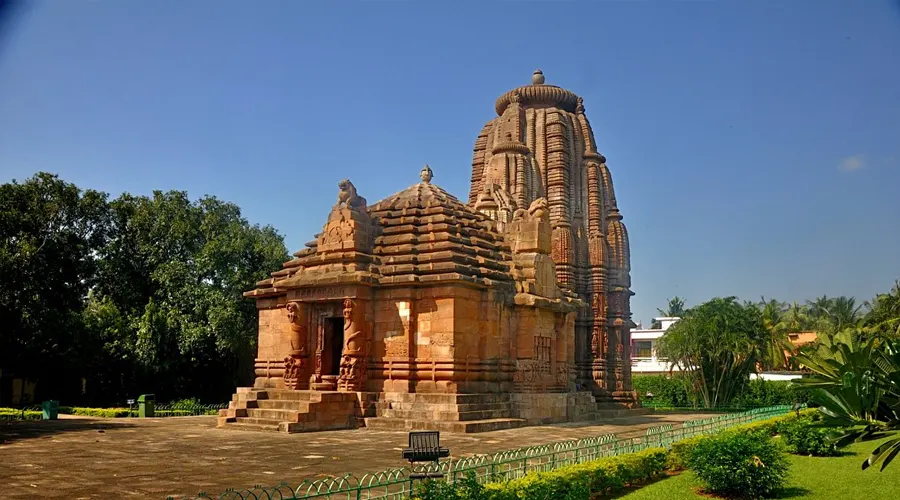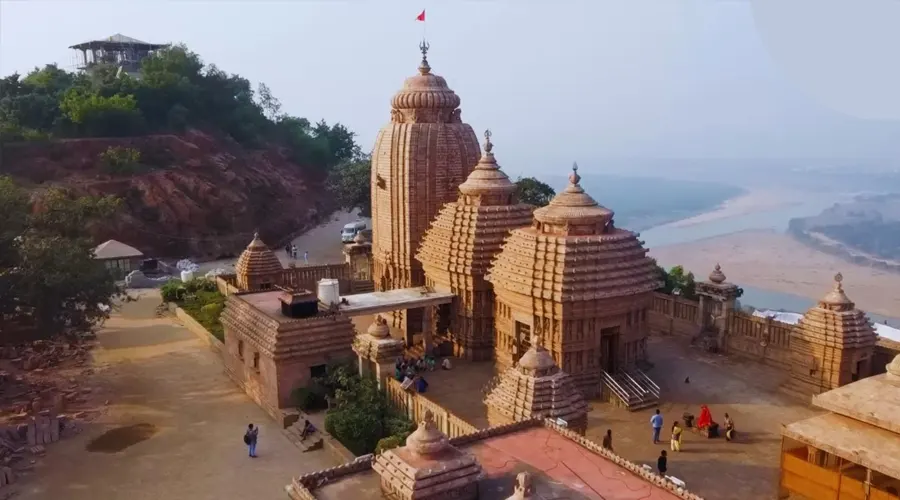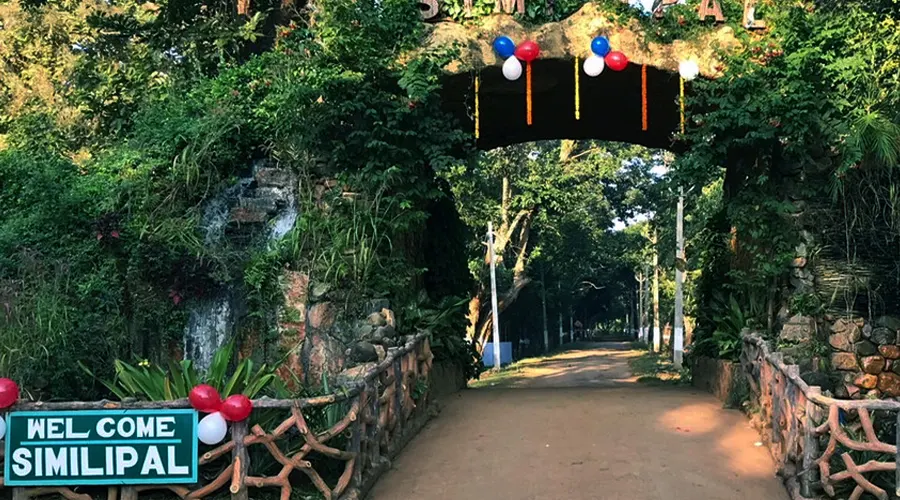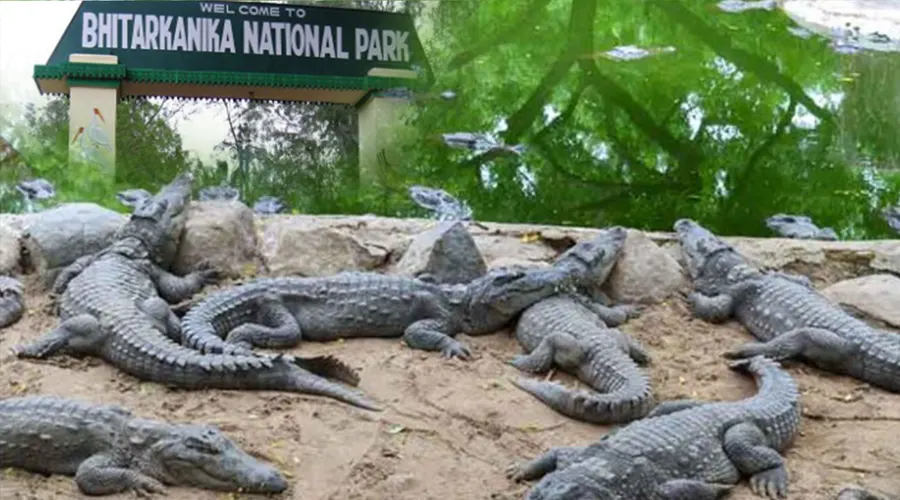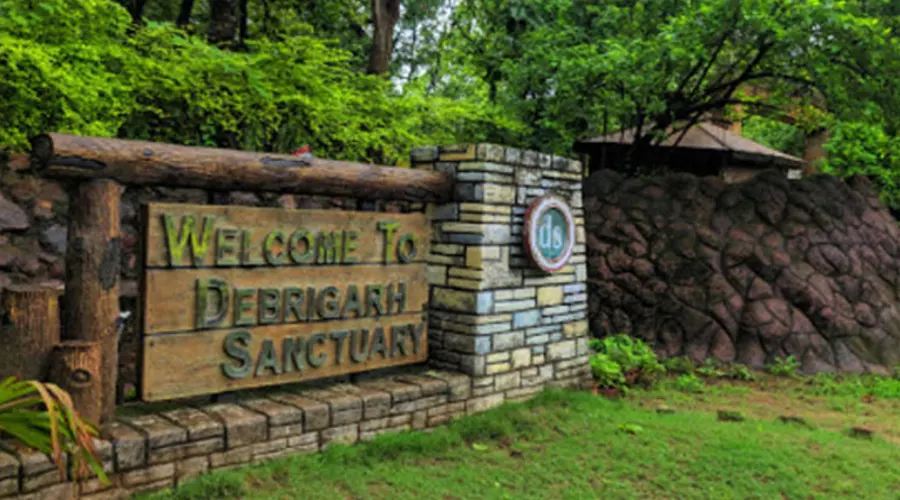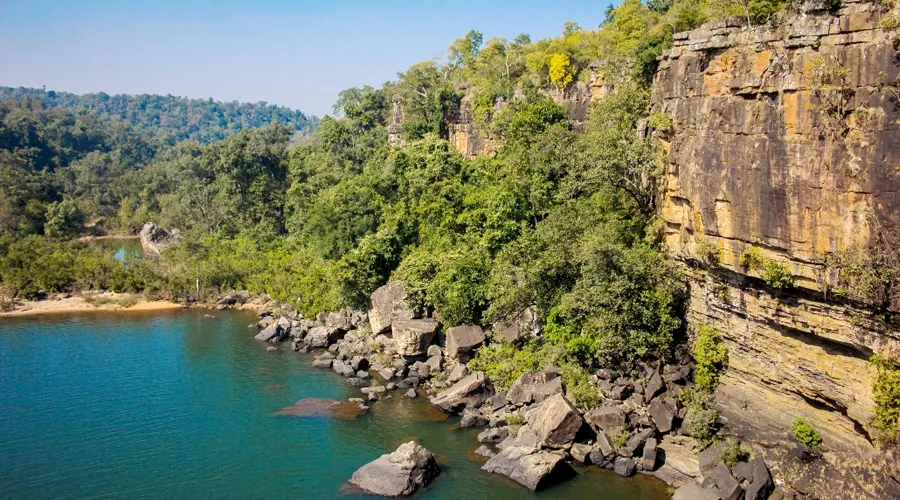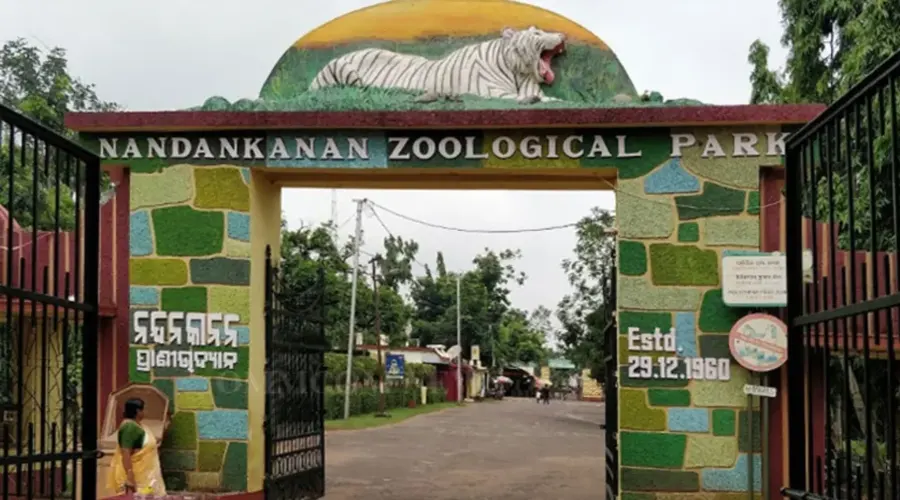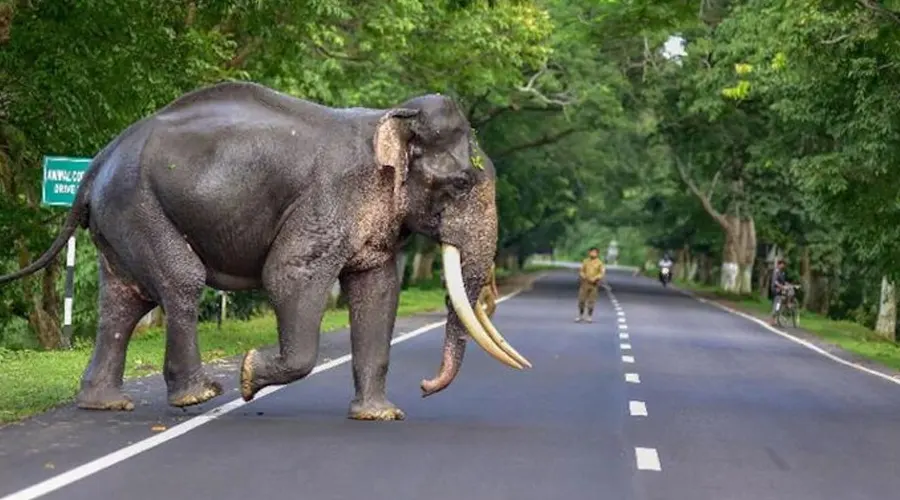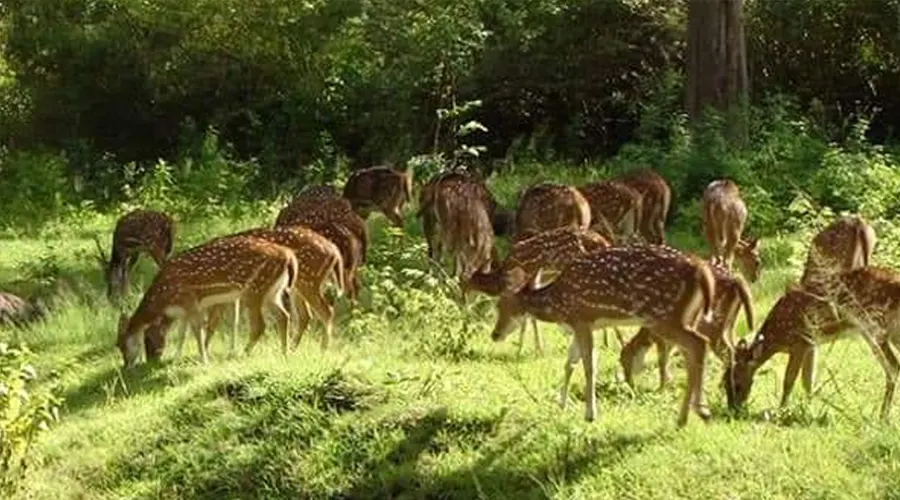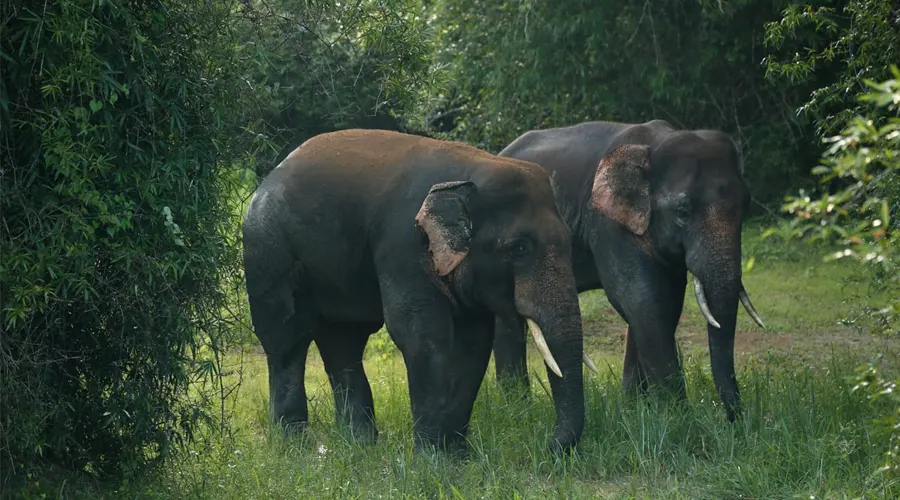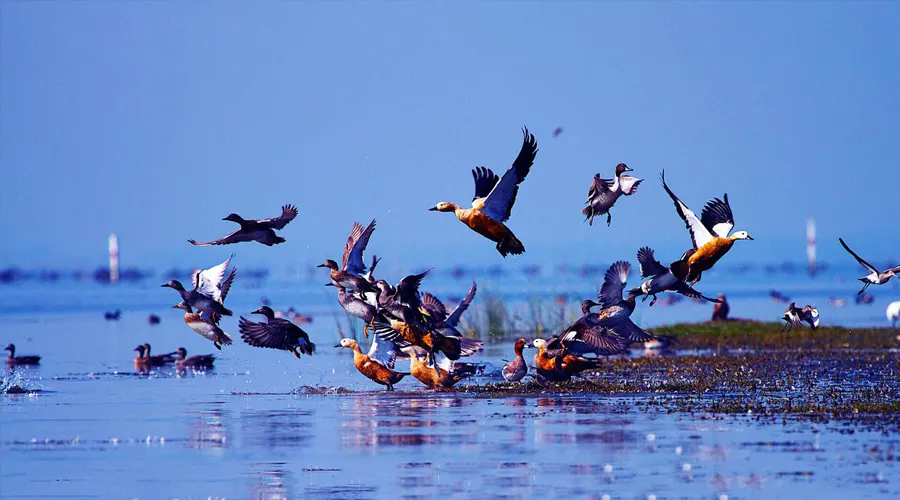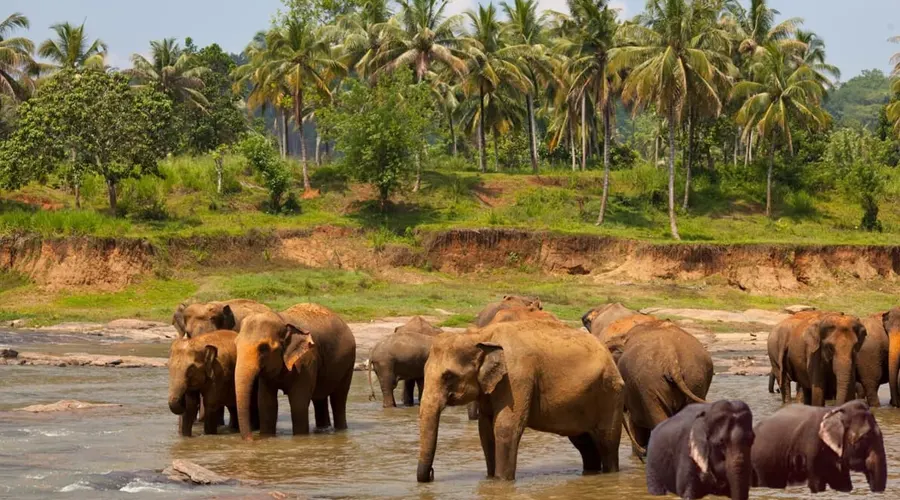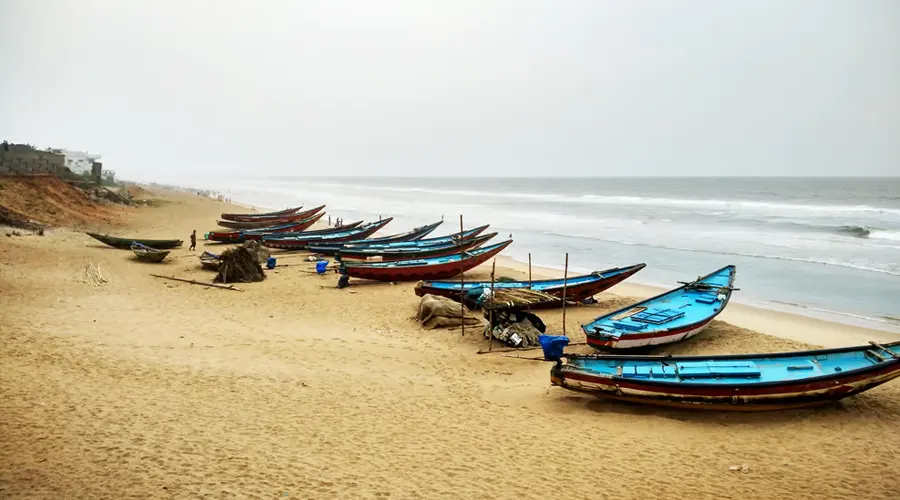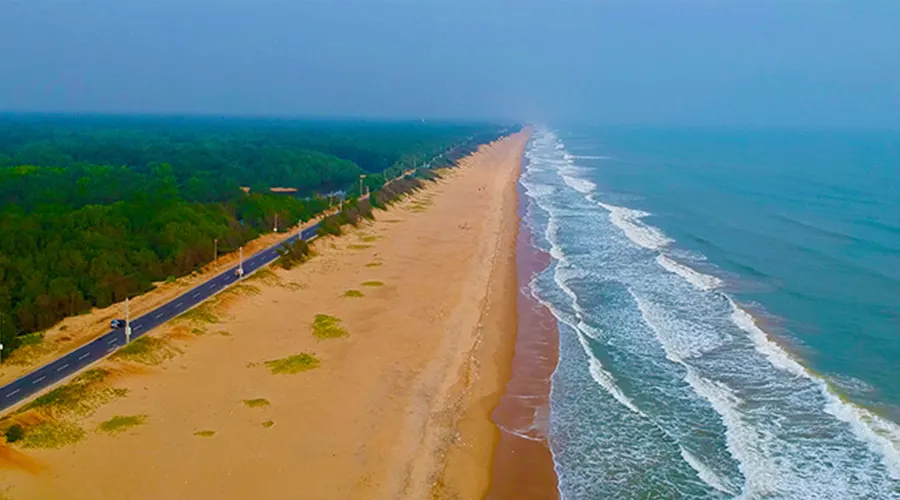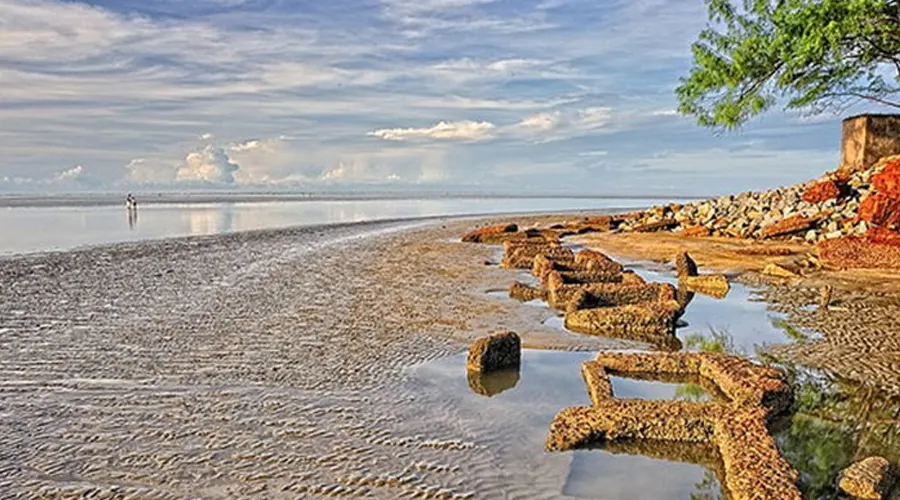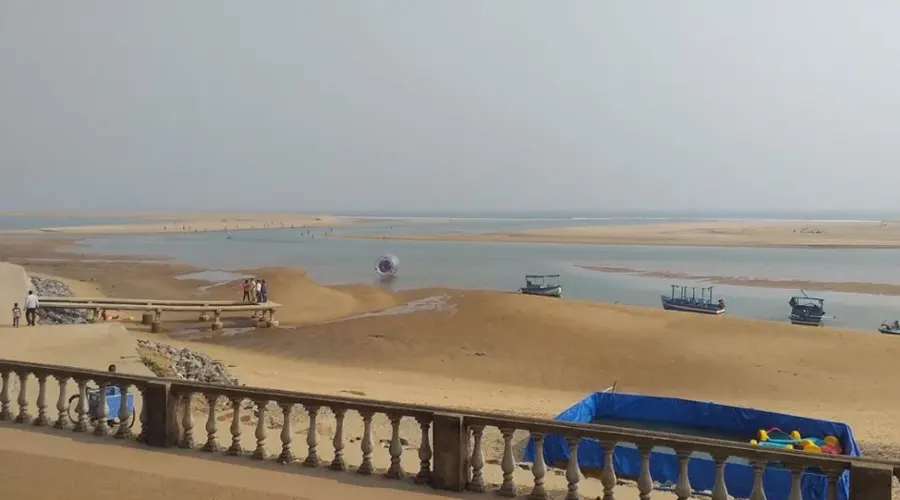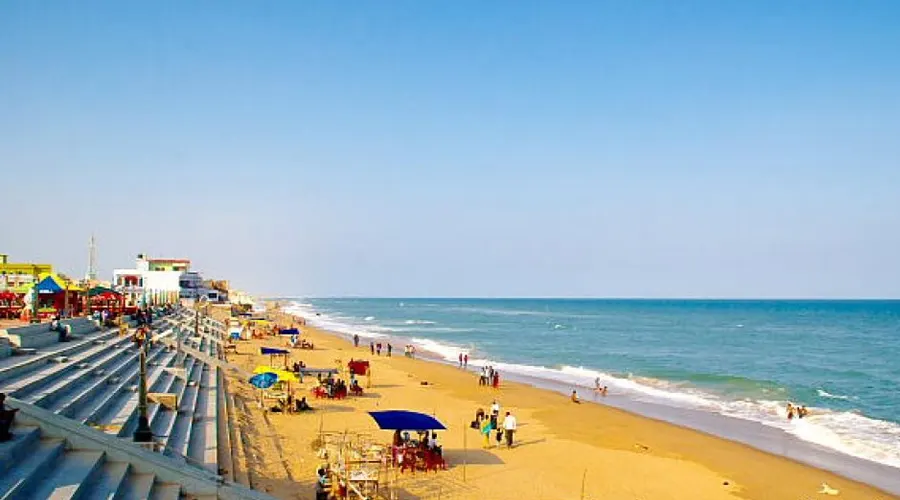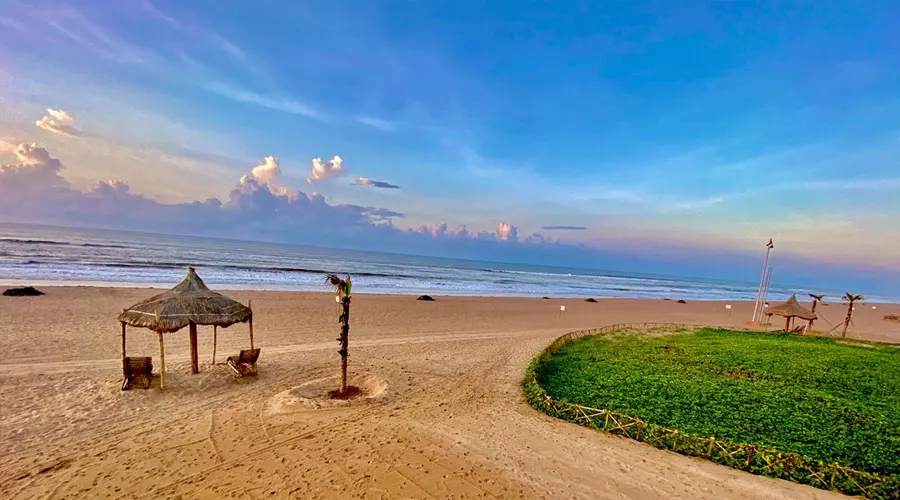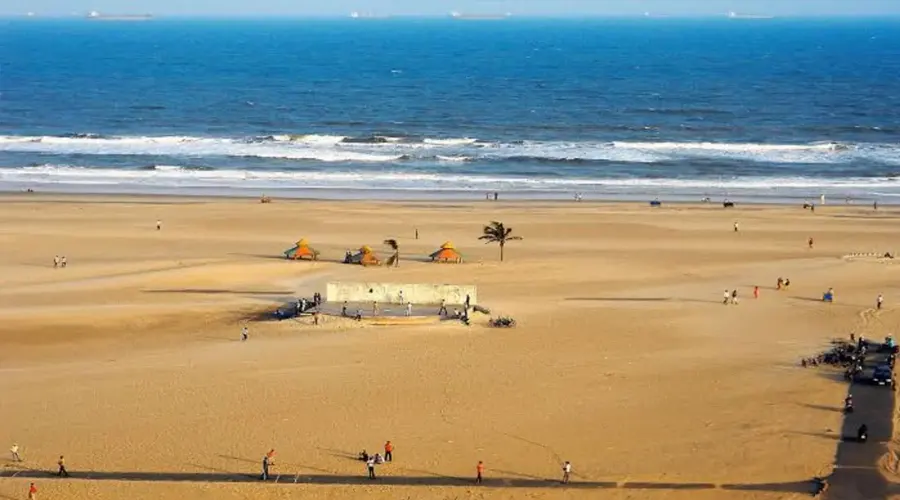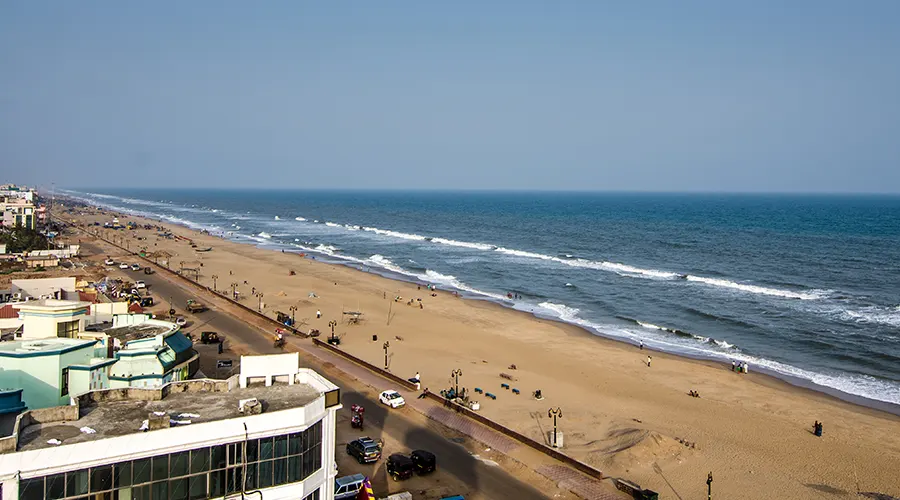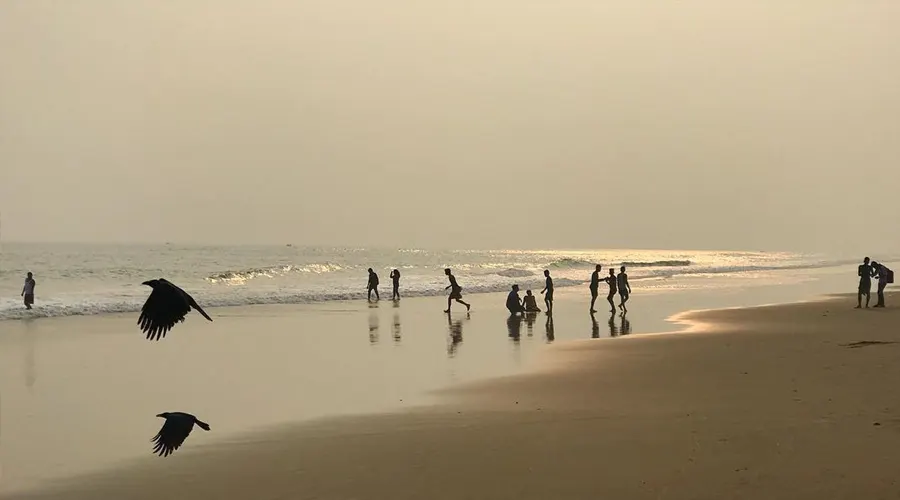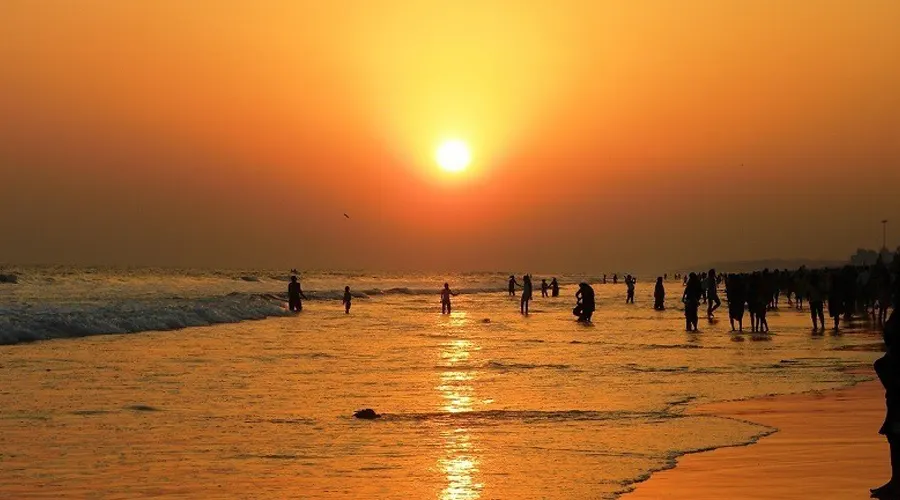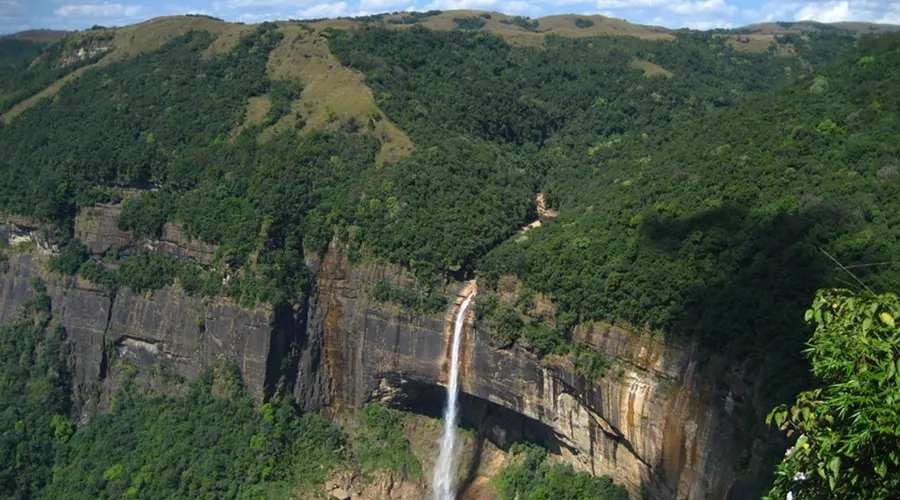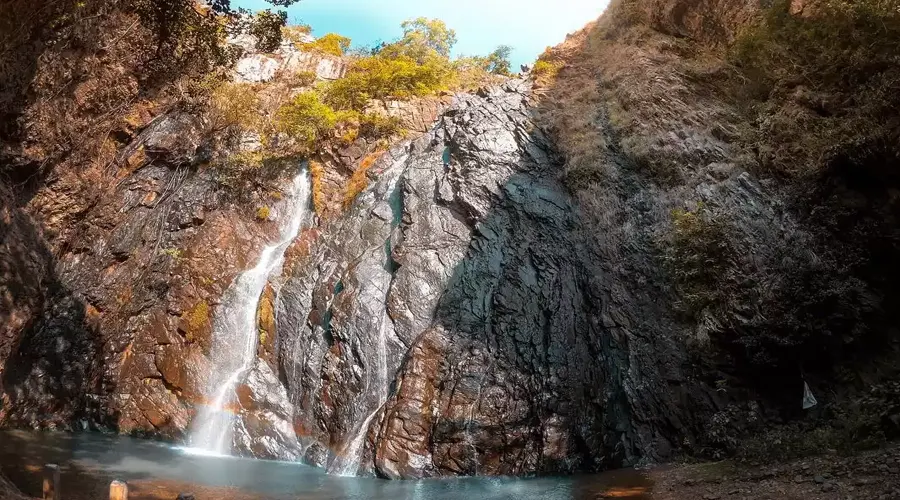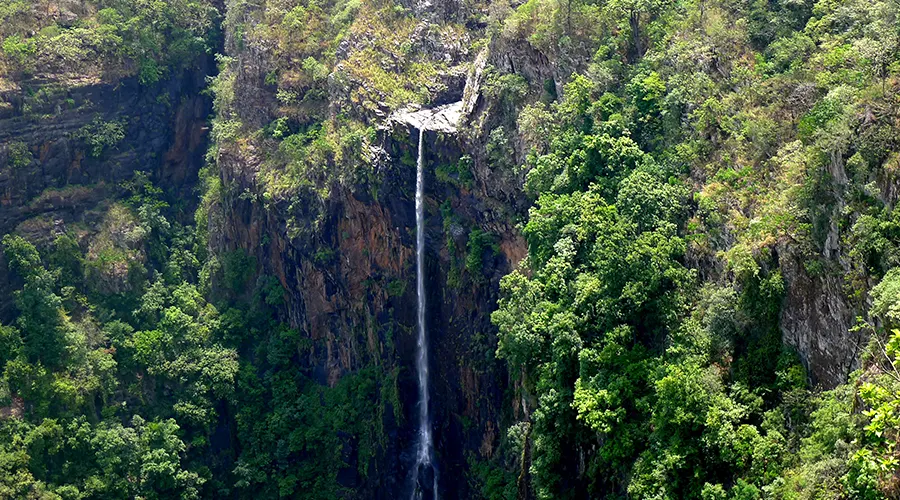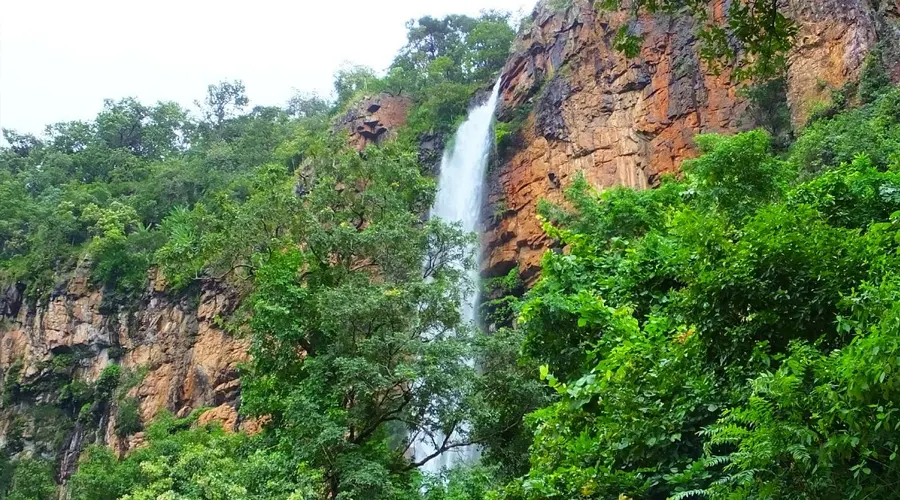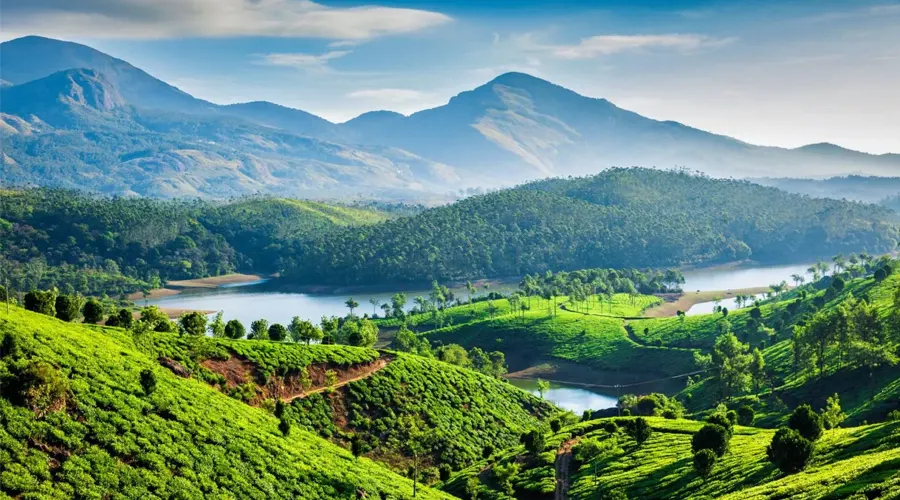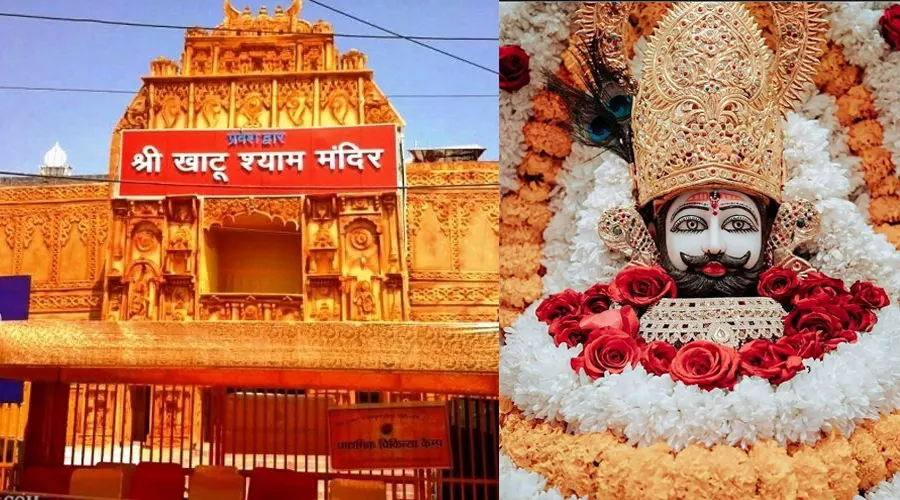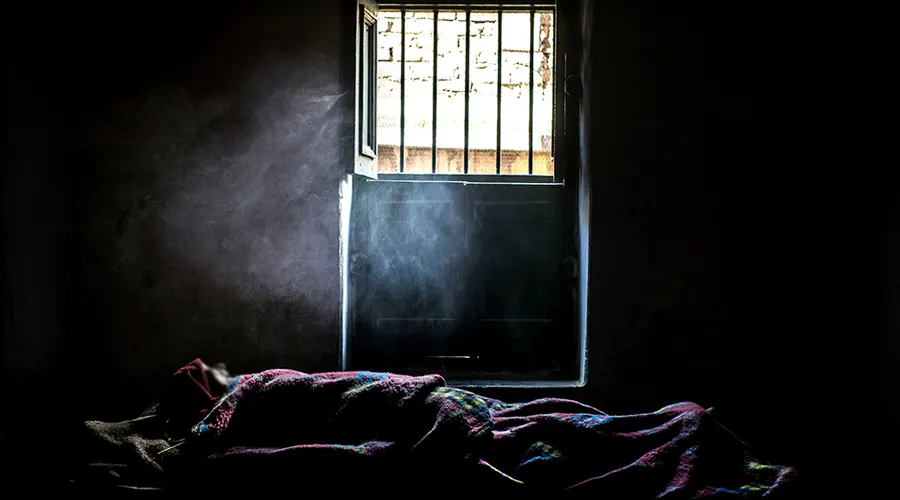Odisha Tourism: A Journey Through Temples, Culture, Tribes & Natural Beauty
Odisha, located on the eastern coast of India, is a land where ancient traditions, spiritual devotion, and natural beauty come together in perfect harmony. Known as the "Soul of Incredible India," the state is home to architectural wonders like the Sun Temple at Konark, the sacred Jagannath Temple in Puri, and countless age-old shrines in Bhubaneswar, the "Temple City." Odisha's coastline stretches along the Bay of Bengal, offering serene beaches, picturesque sunrises, and spiritual retreats. Puri Beach and Chilika Lake, Asia's largest brackish water lagoon, draw nature lovers and bird watchers from around the world.
Beyond its spiritual and coastal allure, Odisha is rich in tribal culture, colorful festivals, classical dance forms like Odissi, and traditional handicrafts. Regions like Koraput and Rayagada offer immersive experiences into the indigenous way of life, where age-old customs and artistry still thrive. With its vibrant fairs, delicious regional cuisine, majestic temples, and scenic landscapes, Odisha offers a soulful journey that connects travelers with India’s deeply rooted cultural essence.
History of Odisha: A Rich Tapestry of Ancient Heritage
Odisha, once known as Kalinga, is steeped in a rich history, with its most famous moment being the Kalinga War in 261 BCE, which led Emperor Ashoka to adopt Buddhism. The region thrived under dynasties like the Mauryas, Guptas, and Eastern Ganga dynasty, becoming a cultural and religious center. Odisha’s legacy is marked by grand temples, the spread of Hinduism and Buddhism, and vibrant tribal cultures that continue to thrive today.
- Kalinga War (261 BCE): The historic battle between Emperor Ashoka and the Kalinga kingdom, marking a turning point in Indian history.
- Mauryan Rule: Odisha was part of the Mauryan Empire, contributing to the spread of Buddhism.
- Eastern Ganga Dynasty (11th–15th centuries): The dynasty played a major role in shaping Odisha’s culture, art, and architecture.
- Rise of the Gajapati Kingdom: This kingdom was a powerful force in Odisha, especially during the 15th century, influencing the region’s political and cultural landscape.
- Tribal Heritage: Odisha is home to one of the largest indigenous populations in India, and their distinct cultural practices, rituals, and art forms contribute significantly to the state’s rich heritage.
Architectural Highlights of Odisha
- Sun Temple at Konark: A UNESCO World Heritage Site, this 13th-century temple is dedicated to the Sun God and is famous for its intricate carvings and chariot design.
- Lingaraj Temple (Bhubaneswar): An iconic Hindu temple built in the 11th century, known for its Kalinga architectural style.
- Jagannath Temple (Puri): A major pilgrimage site dedicated to Lord Jagannath, it stands as an example of classic Odia temple architecture.
- Mukteswara Temple (Bhubaneswar): A beautiful 10th-century temple known for its detailed carvings and fine architecture.
- Rajarani Temple (Bhubaneswar): Famous for its red and yellow sandstone construction, this 11th-century temple showcases exquisite sculptures and carvings.
- Chilika Lake (Kalijai Temple): Though not purely architectural, the temples situated on the islands in Chilika Lake, like the Kalijai Temple, offer an interesting mix of nature and heritage.
Top Tourist Attractions in Odisha: Must-Visit Places for Every Explorer
1. Jagannath Temple, Puri
2. Konark Sun Temple
3. Chilika Lake
4. Chandrabhaga Beach
Festivals of Odisha: Celebrating Culture, Tradition, and Spirituality
1. Ratha Yatra (Puri)
2. Durga Puja (Cuttack & Bhubaneswar)
3. Makar Sankranti (Chilika Lake)
Tribal Culture of Odisha: Exploring Indigenous Traditions and Lifestyles
Best Time to Visit Odisha: Ideal Seasons for Culture, Nature, and Festivals
How to Reach Odisha
- By Air: Biju Patnaik International Airport in Bhubaneswar is the main gateway to Odisha, with domestic flights connecting major cities like Delhi, Kolkata, and Mumbai.
- By Train: Odisha is well-connected by rail, with major stations in Bhubaneswar, Puri, and Cuttack. The East Coast Railway zone operates numerous trains across the state.
- By Road: National Highways 16 and 55 connect Odisha to neighboring states. State-run and private buses, as well as taxis, are available for intra-state travel.
Where to Stay in Odisha
Conclusion

